
Product test
Are 108 megapixels worthwhile for a smartphone?
by Jan Johannsen

A large display, four cameras and features that make it a top smartphone: the Xiaomi Mi 10 Pro must fulfil great expectations - especially as its price is no longer as low as its predecessors.
Xiaomi has made a name for itself with smartphones with an almost outrageous value for money. This era is coming to an end, at least for the top models. The Mi 10 Pro is not only in the same league as other top smartphones in terms of features, but also price.
Optically, the Mi 10 Pro is just one smartphone among many. Don't get the wrong idea: It is well made and looks smart, but that applies to most current smartphones and is nothing special anymore. If you want to stand out with it, you need a case, the colour variants from Xiaomi are rather classic. Exception: The Xiaomi Mi 10 (without Pro) in green.
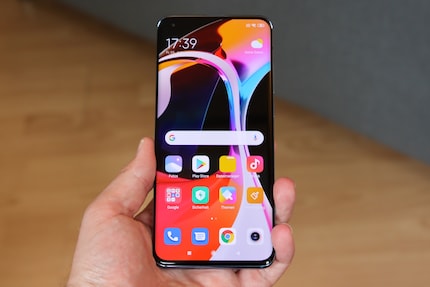
When you hold the Xiaomi Mi 10 Pro in your hand, you are looking at a 6.67-inch AMOLED display. This has a resolution of 2340×1080 pixels and therefore a sharp and detailed image. It is bright enough to be able to see things even in sunshine. However, there are other smartphones that offer even more in terms of both brightness and resolution.
The sides of the display are rounded on the left and right. This makes the edges appear even narrower than they actually are. The rounded edges are not a problem when using the device. Unlike with other smartphones, I have no unwanted inputs from fingers on the edge of the display.
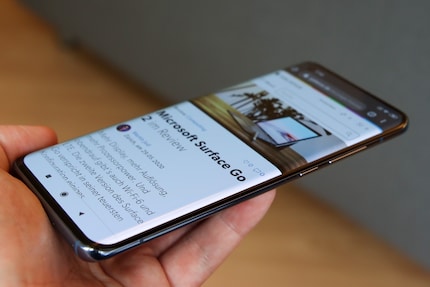
The fingerprint sensor is located in the display and works smoothly. Place a finger on it and the Mi 10 Pro is unlocked in a fraction of a second. There is really no reason to set up facial recognition, which also works quickly and reliably.
You don't have to worry about the performance of the Xiaomi Mi 10 Pro. The Snapdragon 865 is currently the most powerful chipset from Qualcomm on board. It includes the Adreno 650 graphics chip and a 5G modem. It also has eight gigabytes of RAM. This not only gives you short loading times for apps, but also allows you to increase the graphics quality in games and use VR and AR applications without hesitation. Yes, other smartphones have even more RAM and achieve better results in benchmark tests, but the Mi 10 Pro is still a smartphone with a lot of computing power.
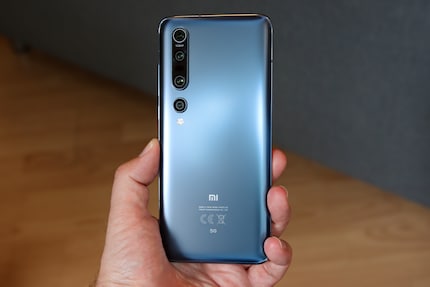
You cannot expand the 256 gigabyte internal storage. The Mi 10 Pro only has one slot for a SIM card. There is no space for a memory card. On the other hand, the battery has a decent capacity of 4500 mAh and easily gets the Mi 10 Pro through the day. If the charge level gets too low in between, the battery is quickly recharged thanks to fast charging technology and a 65-watt charger. The battery can also be charged wirelessly, albeit much more slowly.
Like Huawei, Xiaomi comes from China, but is not yet a target of Donald Trump in the trade dispute and can therefore not only use Android, but also pre-install all Google services on the Mi 10 Pro. However, with MIUI 11, the manufacturer still has its own user interface on sale, which also contains some of its own apps. These include, for example, a notes app, a file manager, a music player and also the browser, which recently caused displeasure, as it transmits data to Xiaomi in private mode.
Also part of the MIUI is the camera app with which you can take photos with a total of five camera lenses. Four are located on the back of the Mi 10 Pro and one on the front

The main camera has the image sensor with a resolution of 108 megapixels that Xiaomi already uses in the Mi Note 10. Although you can take photos with its full resolution, the software always combines four pixels into one by default in order to improve the image quality. The final images still have a high resolution of just under 27 megapixels and, above all, are no worse than 108 megapixels. At full resolution, HDR mode, night mode and portrait mode are also not available, and you only have a 2x zoom and no option to change the image format, use "tilt shift" or display a digital spirit level.
This is partly because the functions utilise one of the other three lenses. These are a wide-angle camera with a 20-megapixel sensor, a 12-megapixel lens for portrait shots and an 8-megapixel telephoto lens.


The full resolution of 108 megapixels allows even greater magnification. Compared to the 27 megapixel images, however, the difference is minimal and, above all, not associated with improved image quality. For a direct comparison, I cropped a section in 100 per cent view and then enlarged the width of the 27 megapixel photo from 268 to 510 pixels for better comparability. In my opinion, the reduction from four to one pixel has no effect - neither positive nor negative. However, the 27 megapixels should remain your first choice, as they give you more options and tools to choose from.

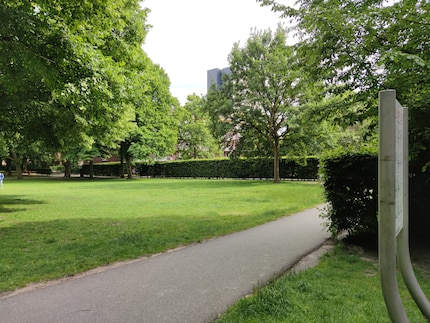
You cannot activate HDR for a greater contrast range in 108 megapixel mode, for example. And the view of the sky in particular shows that this is worthwhile in the example images.
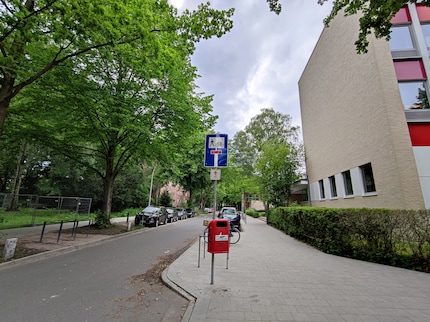
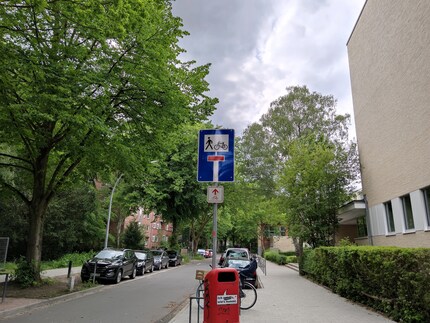
In the camera app, you can click to switch from wide-angle to standard zoom to 2x and 5x zoom. For the tenx hybrid zoom and the 50x digital zoom, you have to move your finger sideways on the bar with the zoom levels. However, this is not really worthwhile. The loss of quality is significant. In contrast, the four photos shown are all presentable and convince me with sufficient detail and natural-looking colours - despite the different camera lenses and resolutions with which they were taken.

In portrait mode, you move your camera closer to the person being photographed than with the standard camera. Apart from the reflection on the frame of my glasses, I'm perfectly cut out from the background. That's how it should be.


A macro mode feels like the latest craze for adding yet another camera to a smartphone. However, these macro lenses often have such a low resolution that they are useless. The Mi 10 Pro is different. Xiaomi uses the wide-angle camera to let you get as close as possible to the subject. The result looks good and is really helpful compared to the standard viewing angle.

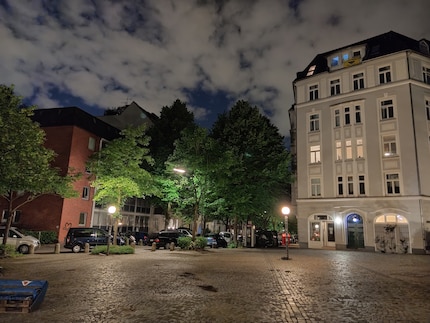
In the dark, the Mi 10 Pro's software manages to get a lot out of little available light. It becomes even more impressive when you activate night mode. It doesn't make the image brighter, but clearer and more detailed. This is impressive, but not helpful if you really want to take photos in the dark. Xiaomi has recently invested a lot of work in night mode. With the predecessor, the Mi 9, it was a completely different story.
The front camera has a resolution of 20 megapixels and is located in a hole in the display, which Xiaomi successfully tries to hide with its background images, at least on the home screen. The gap is noticeable in several apps and the settings, but it doesn't bother me.


The high resolution is noticeable with a high level of detail in selfies. For my taste, however, the colours are weaker than they are in reality. A little more saturation and contrast wouldn't go amiss, but the HDR mode doesn't help either. Unlike the main camera, this makes no difference.

If you want to blur the background in selfies, the Mi 10 Pro can do it. Although it doesn't have an extra lens like the main camera, the software does a good job. I'm not perfectly cut out of the background, but as long as the image is not enlarged too much, it's perfectly fine.

While the main camera has made a significant leap forward at night compared to the Mi 9, darkness still causes problems for the front camera. The camera software can usually compensate for the low brightness, but there are many artefacts in the photos themselves. And above all, even after countless attempts, I was unable to get the autofocus to focus on my face in the dark.
The Xiaomi Mi 10 Pro is one of the top smartphones and has nothing to hide. The design, performance, hardware, display, software and camera are all good to very good. However, there is at least one smartphone that is better in every area. Overall, it lacks the final convincing kick to really make it better than the others. In the past, the low price of Xiaomi smartphones triggered this kick and this is now missing, as the Mi 10 Pro is priced on a par with the top smartphones from other manufacturers.
Yes, there is the Mi 10 (without Pro), a slightly cheaper alternative that has a lot in common with the Pro version. The main difference is the three camera lenses next to the main camera, which also has 108 megapixels here. But even the cheaper version is ultimately not enough for the secret joy of having made an outrageous bargain.
When I was but a young student, I'd sit in my friend's living room with all my classmates and play on his SuperNES. Since then I've had the opportunity to test out all the newest technology for you. I've done reviews at Curved, Computer Bild and Netzwelt, and have now arrived at Galaxus.de.